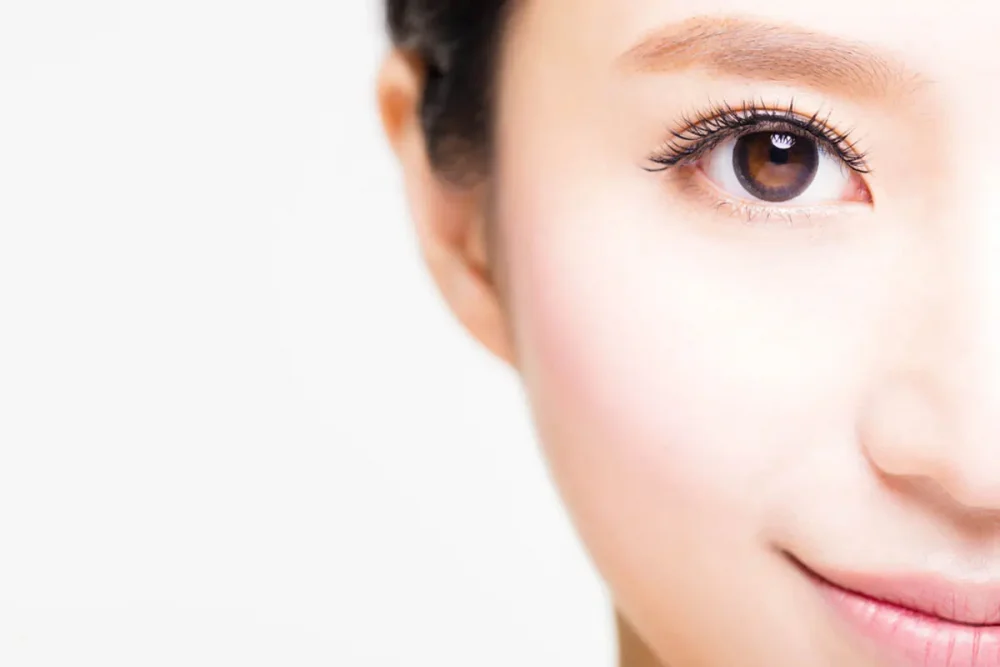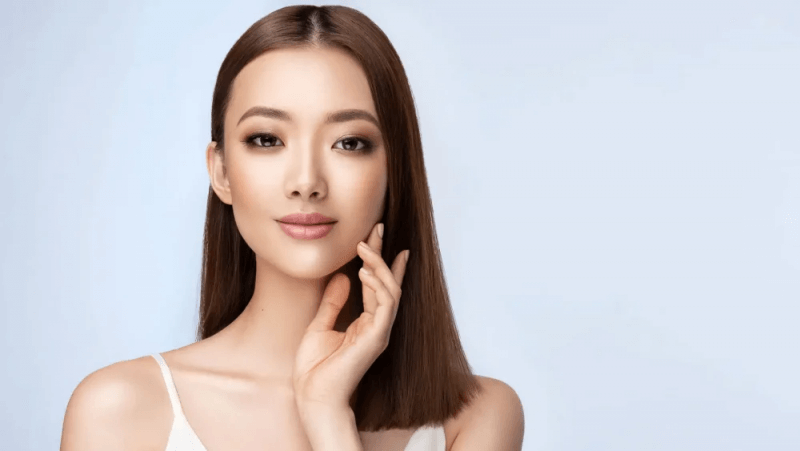Contents
- Michael Jackson Skin Color: The Truth Behind His Transformation
- Bella Hadid Before and After: What Cosmetic Procedures Has She Had?
- Scars After a Deep Plane Facelift
- Non-Surgical Facelift with Morpheus8: Advanced Skin Tightening
- Kesselring’s Lip Surgery ( Direct lip Lift)
- “Preservation Deep Plane Facelift™ by Dr. Mubariz” Natural, long-lasting rejuvenation using the most advanced anatomical techniques.
- From Hidden to Honored: A Neckline That Reflects Your True Self
- Azerbaijani Aesthetic Surgery on the Global Stage-Dr.Mubariz Mammadli
- Neck Lift Surgery cost, before and after, scars & more
Asian blepharoplasty, commonly known as double eyelid surgery, is a cosmetic surgical procedure designed to create a visible upper eyelid crease in individuals who naturally lack one or have a poorly defined crease. It is one of the most popular aesthetic surgeries among people of East Asian descent.
Anatomical Differences
The Asian eyelid structure differs from Caucasian eyelids in several key aspects:
- Absence of a Natural Crease: Approximately 50% of East Asians are born without a distinct supratarsal fold.
- Thicker Skin and Fat Distribution: The eyelid skin tends to be thicker, with more fat in the pre-tarsal and pre-aponeurotic regions.
- Epicanthal Fold: A fold of skin covering the inner corner of the eye (medial canthus) is common, which can affect the final appearance of the crease.
Asian blepharoplasty: Surgical Techniques
There are two primary methods for performing Asian blepharoplasty:
Incisional Method
- A full-thickness incision is made along the designed crease.
- Excess skin, fat, and muscle may be removed or repositioned.
- The crease is formed by attaching the skin to the levator aponeurosis (eyelid lifting muscle).
- This method is suitable for patients with excess skin, thick eyelids, or asymmetry.
- It provides long-lasting results but requires a longer recovery period.
Non-incisional (Suture) Method
- Small sutures are placed through the eyelid to create a fold without making an incision.
- This technique is minimally invasive and allows for a faster recovery.
- It is best suited for patients with thin eyelid skin and no excess fat.
- However, results may not be as permanent as with the incisional method, and the sutures may loosen over time.
Combination with Epicanthoplasty
Some patients opt for epicanthoplasty, a procedure that modifies the epicanthal fold to create a larger or more open eye appearance. This is often performed alongside double eyelid surgery for a more refined look.
Recovery Process
- Swelling and Bruising: The most noticeable swelling occurs within the first 1–2 weeks, with residual swelling subsiding over several months.
- Suture Removal: If incisional surgery is performed, sutures are typically removed after 5–7 days.
- Final Results: The final shape of the eyelid crease becomes evident within 3–6 months.
Potential Risks and Complications
- Asymmetry or Uneven Creases
- Scarring (More Common in Incisional Surgery)
- Eyelid Drooping (Ptosis) if the Levator Muscle is Damaged
- Infection or Prolonged Swelling
Conclusion
Asian blepharoplasty is a highly customizable procedure designed to enhance the natural beauty of the eyes while maintaining ethnic characteristics. Choosing an experienced surgeon is crucial for achieving the desired outcome with minimal risks.
I am plastic surgeon Mubariz Mammadli, and together with my team, we professionally perform Asian blepharoplasty and other aesthetic and plastic surgeries in Azerbaijan and Baku at the highest professional level.
İnstagram:@drmubariz
Contacts: +994708988866 +994558988866

